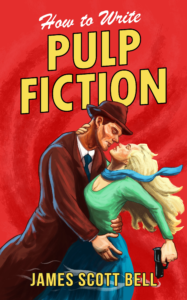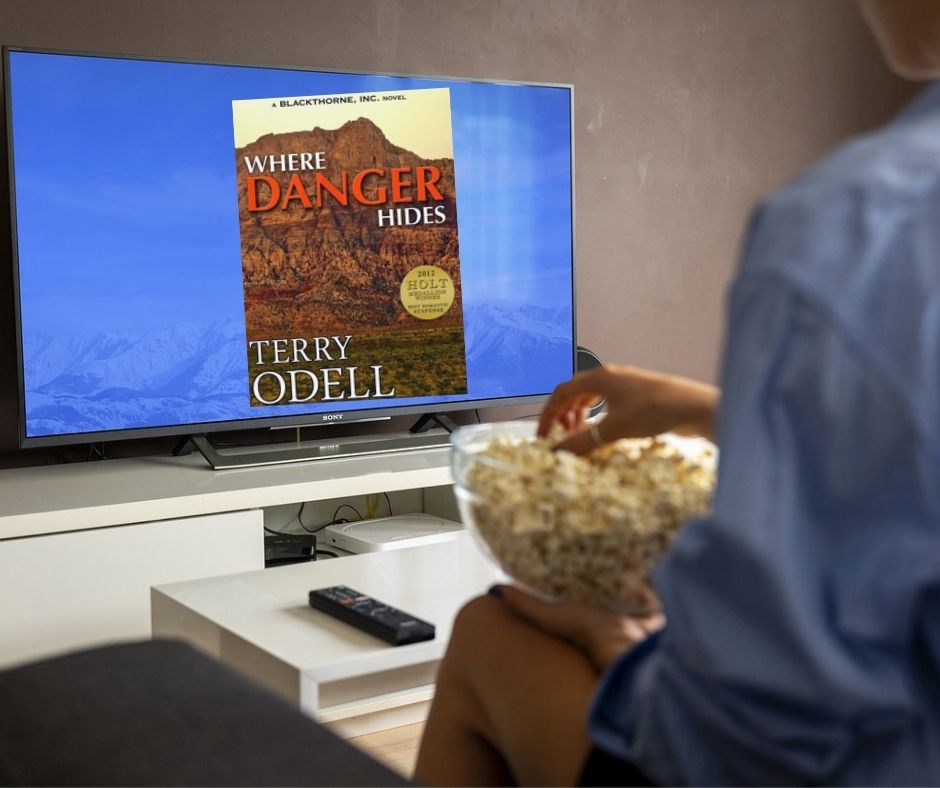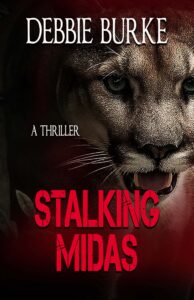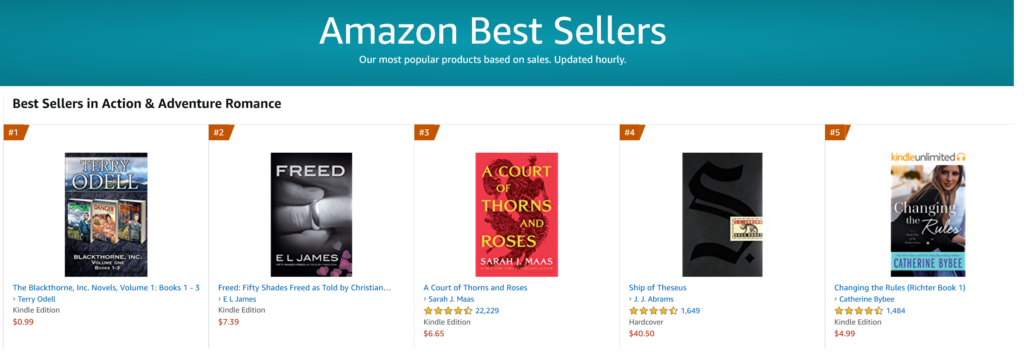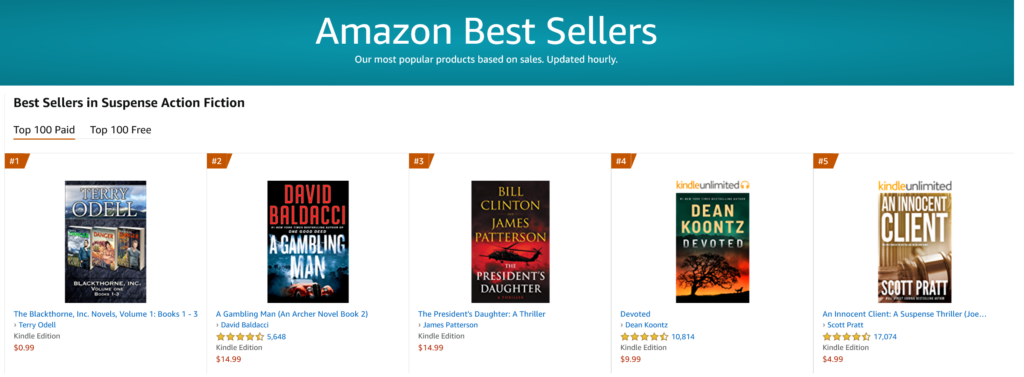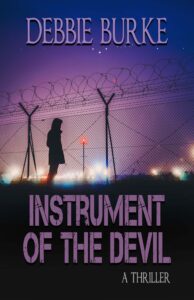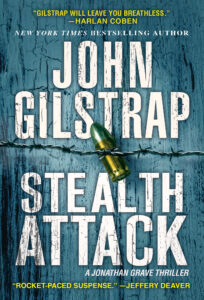 Your regularly scheduled blog post will begin following this moment of shameless self promotion. Yesterday was Launch Day for Stealth Attack, the 13th (!) entry in my Jonathan grave thriller series. It’s available wherever books are sold. For reasons not known to me, the audio version won’t be released for another couple of weeks, so if that’s your preferred method to visit fictional worlds, I beg your patience for just a short while longer.
Your regularly scheduled blog post will begin following this moment of shameless self promotion. Yesterday was Launch Day for Stealth Attack, the 13th (!) entry in my Jonathan grave thriller series. It’s available wherever books are sold. For reasons not known to me, the audio version won’t be released for another couple of weeks, so if that’s your preferred method to visit fictional worlds, I beg your patience for just a short while longer.
Now let’s talk research.
If this week’s posts seems familiar to you, it means that you’ve been reading The Killzone Blog for at least five years, so thanks for that. The original version appeared in 2016, but it addresses a topic that I feel strongly about if only because I see people getting way too stressed over a topic that I think should be more fun than stressful.
I’ve never been a proponent of the old adage, write what you know. In fact, I think it’s kind of silly. It’s the rare crime writer who has witnessed a crime, let alone investigated one. I’ve been fortunate in my own life to be able to look back on some exciting times in the fire service, and in the hazmat business, but those are not the exciting times I write about. While I’ve been shot at, I’ve never been a position to shoot back. Basically, I am the three-time survivor of poor marksmanship. That hardly qualifies me to write battle scenes, but combined with the fear I’ve felt in life-threatening situations, combined with discussions I’ve had with people who’ve walked that walk, and bingo! I conjure up what I think are pretty good set pieces featuring people doing heroic deeds I’ve never performed.
Research is a big word.
In this line of work, every moment we live and every person we interact with is a moment of research. More times than not, I find that the really good stuff comes less from studying books than it does from passive listening and watching. It doesn’t take work so much as it takes paying attention.
Over the years, I’ve learned some research hacks that I would like to share.
Research Hack One: Cheat.
The easiest way to pull off the illusion of knowledge is to eliminate the need for reality. For example, despite have lived pretty much my whole life in Fairfax and Prince William Counties in Virginia, I choose to play out my Northern Virginia police work in Braddock County, Virginia, which does not exist. That way, I can develop whatever standard operating procedures best serve the story, eliminating a huge research burden. I don’t need a tour of the jail, I don’t need to know which firearms they carry, what the command structure is, or how shifts are organized. Do the cops carry their shotguns propped up vertically, or under the front of the seat? I can make it however I want it to be. Because the place where the story takes place does not exist, neither do the police agencies, so by definition, I can never get any of those details wrong.
Research Hack Two: Stick to the coast you know.
More times than not, it’s the smaller details of research that screw an author up, and even if you make up cities and counties, you’re going to have to root the reader somewhere in the world. I’m very comfortable making up locations in the South because I’ve lived here for so many decades. It’s always the tell of a West Coast writer when a character looks for a “freeway” and gets on “the 495.” In Virginia, we look for a “highway” and get on “Route 50” or just “50.” Heading north or south on the Beltway says little unless we know whether you’re on the Inner Loop or the Outer Loop. For natives, the airports are “National” or “Dulles”. Maybe DCA for frequent travelers. In the original version of this piece, I pointed out that one rarely hears the airport referred to as “Reagan”, but that’s changed in recent years. Oh, and we “go to” meetings or “attend” them. We do not “take” them.
Places like New York and L.A. (and every other famous city, I suppose) have traditions and colloquialisms that can get you in trouble. So, stay close to home if you can.
Research Hack Three: Think like Willie Sutton
When the gangster Willie Sutton was asked why he robbed banks, he famously replied, “Because that’s where the money is.”
So, where are the repositories for the information you want to know? Let’s say you’re writing about a cop. To be sure, there are great established resources available to you, such as a citizen’s police academy, but remember that there you’ll be getting the view of the agency that the public affairs office wants you to see. A better choice, in my opinion, would be to attend a conference like Writers Police Academy, where you can get to know the far more interesting underbelly of police agencies. Bring some business cards, chat people up and get their card in exchange. Just like that, you’ve got a valuable research contact who will answer your emails and phone calls.
Can’t afford the money or time to fly to a conference? Try chatting up a cop. The less formal the circumstance, the better. In my experience, everyone—Ev. Ry. One.—likes to share stories about what they do. Find out where cops gather for drinks after work and go there. Just hang out and listen. Actually, that’s a strategy for just about any specialty. Want to write about quilting? Go where quilters go and then shut up and listen.
When I’m in DC, one of my favorite places to go for soft research is Union Station, the AMTRAK/Metro terminal that is maybe 500 yards from the Capitol Building. The place teems with restaurants. If you park yourself near a couple of Millennials in suits, there’s a 90% chance that they’re oh-so-self-important staffers to a member of Congress, and the inevitable one-upsmanship is fascinating. The best eavesdropping spot near the White House is the very cozy bar of the Hay Adams Hotel, though given the proximity to the presidential palace, the gossip there tends to be less juicy.
One bit of advice for eavesdroppers: Don’t take notes. For the ruse to work, you’ve got to seem disinterested.
Research Hack Four: Get a superfast Internet connection and use it.
I understand that professors are loathe to accept Wikipedia as a legitimate source, and when the time comes for me to submit a dissertation, I’ll keep that in mind. Meanwhile, I’ll remain devoted to it as a bottomless source of really good information. Never once have I been disappointed when seeking the finer points of weaponry, for example. I don’t get into the deeper depths of gun porn in my books, but when arming my good guys and bad guys, it’s good to know how much the weapon weighs, how many rounds it holds and what it looks like. Want to see the same weapon in action? I guarantee that YouTube has at least two videos of somebody shooting something with it.
Google Earth and its Street View feature are a godsend. The closing sequence of Final Target includes a chase down the rural streets of Yucatan. Thanks to Google Earth, I was able to travel the entire route with a three dimensional view, all without the burden of having to go to a place where I’d rather not be.
Research Hack Five: Know the difference between a research trail and a rabbit hole.
We’ve all been there, I’m sure. You start out looking for the year when the Ford Ranger went out of production, and an hour later, you’ve chased links to a sweet video of baby goats in pajamas. Not that there’s anything wrong with that.
The secret to doing my kind of research is to abide by a certain self-imposed intellectual laziness. When I’m writing a scene and I come across a place where I realize there’s a hole in my knowledge, I drop out to the Interwebs, find out exactly what I need for that scene, and then go back to work.
Remember this: It’s not important that you know how to do all the things your characters do—or even to know everything they do. Your job is simply to convince readers that the character knows enough to pull off the story they’re starring in.
Research Hack Six (and maybe it should be Number One): Respect your sources’ time.
As a weapons guy, I’m happy to help people choose a firearm for their characters, but it’s annoying when the discussion includes the difference between a pistol and a revolver. That kind of basic information is available anywhere. It is many times more fun to talk about important details with someone who has already done a reasonable amount of research. Use your human resources for the esoteric details of verisimilitude, not for the 101 level of whatever you’re researching.
Your turn, TKZ family. What are your research tricks and hacks?
And for those who are curious . . .
Two weeks ago, I whined about the frustrations of “staging” my home for sale. We worked diligently to do most of what we were told, and I’m pleased to report that that house sold within three days of being on the market, and for a price that made us very happy. Maybe stagers know what they’re doing after all . . .

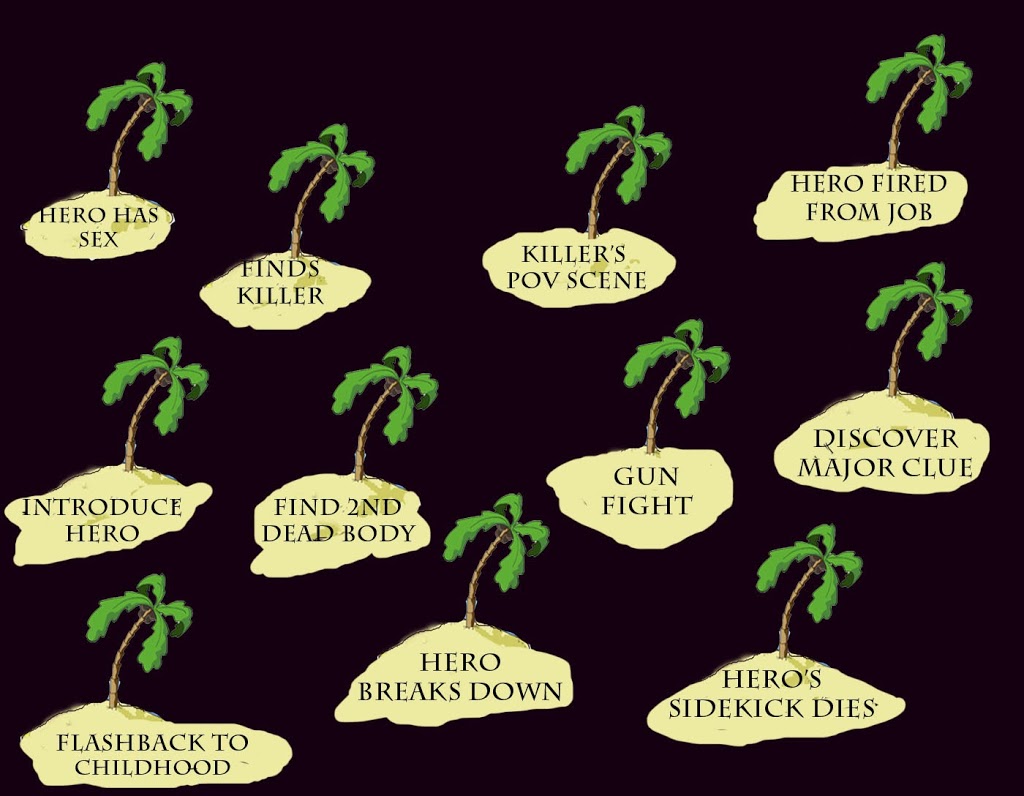
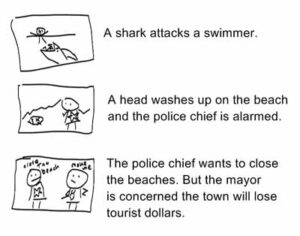
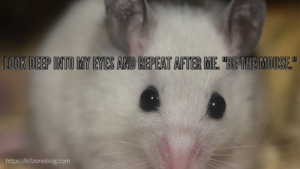 But it’s not as simple as that, is it? Persistence can be grueling at times.
But it’s not as simple as that, is it? Persistence can be grueling at times.
